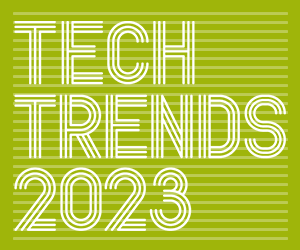How Tech Tools Help Provide a Better Customer Experience
Still, the industry is in need of some modernization if it hopes to meet customer expectations. Tech tools such as cloud computing, smart meters and mobile customer service apps have been making steady gains for energy providers and utilities and supporting much-needed digital transformation.
In addition, some tech companies already offer customer service platforms specifically designed for the unique needs of utilities. Oracle has developed a utilities customer service and billing tool to assist energy and water providers by transforming valuable data collected by smart meters to personalize the customer experience.
Tech leaders such as IBM and cloud providers including Amazon, Google and Microsoft Azure currently offer robust cloud solutions for the energy industry, as well.
DIVE DEEPER: Find out how energy companies can use artificial intelligence to boost operations.
AI Can Help Utilities Move to a Modern Customer Experience
Utilities and energy companies looking to turn this trend around are looking to automation for help. “The energy sector is starting to use AI and machine learning for customer engagement,” notes Energy magazine. “By using AI and machine learning, energy companies can provide customers with information that is specific to their needs. This involves using data analytics to understand customer energy usage and then providing customers with information about how they can reduce their energy consumption by changing their usage habits.”
Many utilities currently lag behind other industries in their efforts to leverage the data they generate to provide better customer service. In a recent article, McKinsey recommends a phased approach to using data analytics “because many utilities have yet to implement advanced analytics in customer care at an enterprise level.”
In the first phase of the approach, McKinsey notes, “utilities first need to identify and prioritize use cases, aggregate the necessary data, establish cross-functional teams, and adapt operations.”
WATCH: Find out what IT experts are saying about potential uses for artificial intelligence.
After laying a good foundation for data analytics, McKinsey suggests that utilities should prioritize the next generation of use cases: “This process typically requires brainstorming with the business to come up with a list of new use cases, capturing incremental data such as text transcription data from voice recordings, and enhancing their understanding of advanced-analytics techniques.”
All of these efforts can produce significant improvement in the customer experience. A recent article from Business Insider details the experience of a U.K. energy provider where “AI is doing the work of 250 people” and producing a higher customer satisfaction rate.












